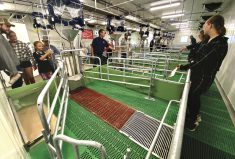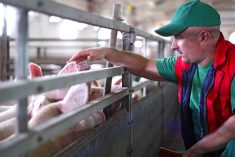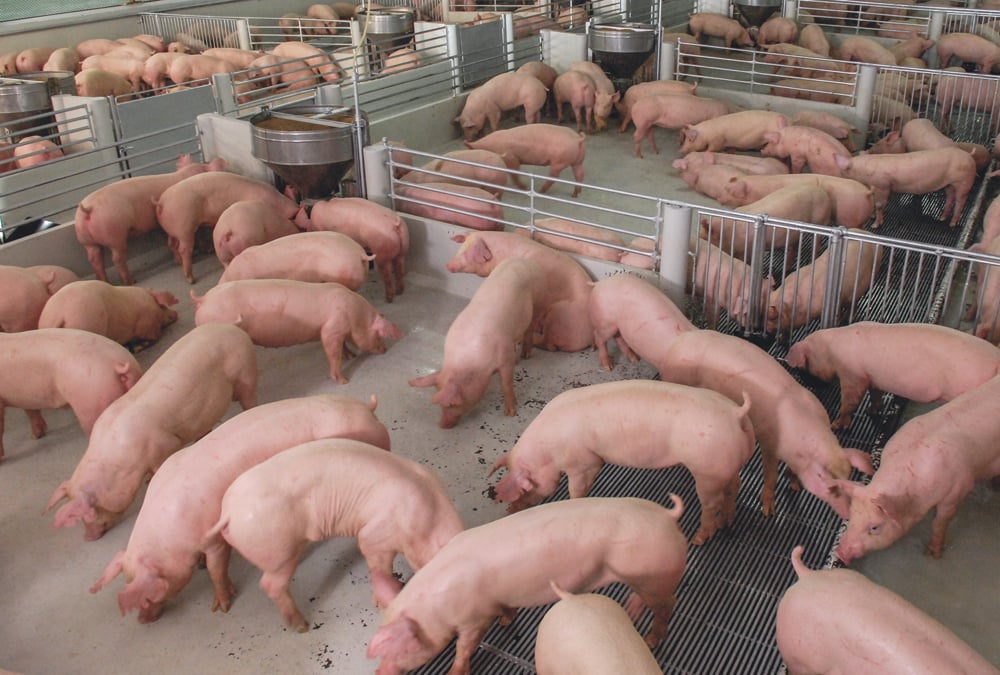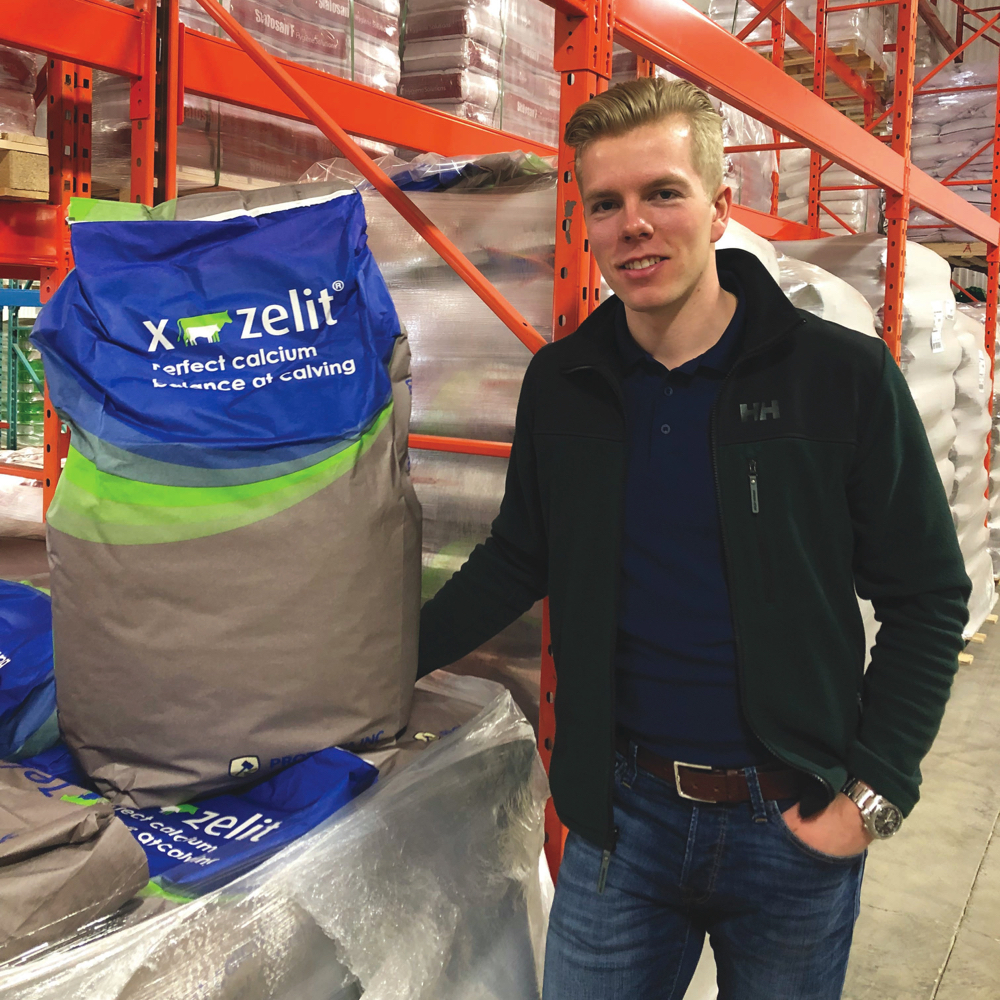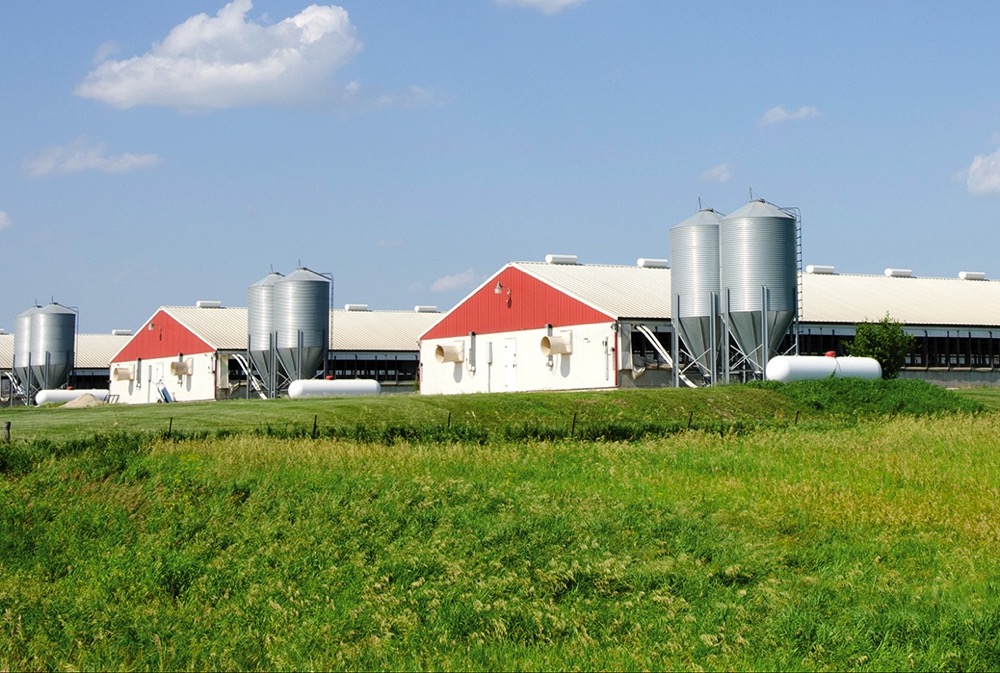Consumer-driven trends related to climate change and animal welfare were underlying themes when attendees at the recent London Swine Conference heard about alternative and novel feed ingredients from nutrition specialist Martin Nyachoti.
Using locally sourced feeds in swine diets, such as food processing byproducts or rejected crops, could save money and lower the carbon footprint of hog production, said the head of animal science research at the University of Manitoba.
Nyachoti highlighted research showing 65 per cent of the global warming potential ascribed to hog production comes from feed production, even without factoring in the transport of feed and feed commodities.
Read Also
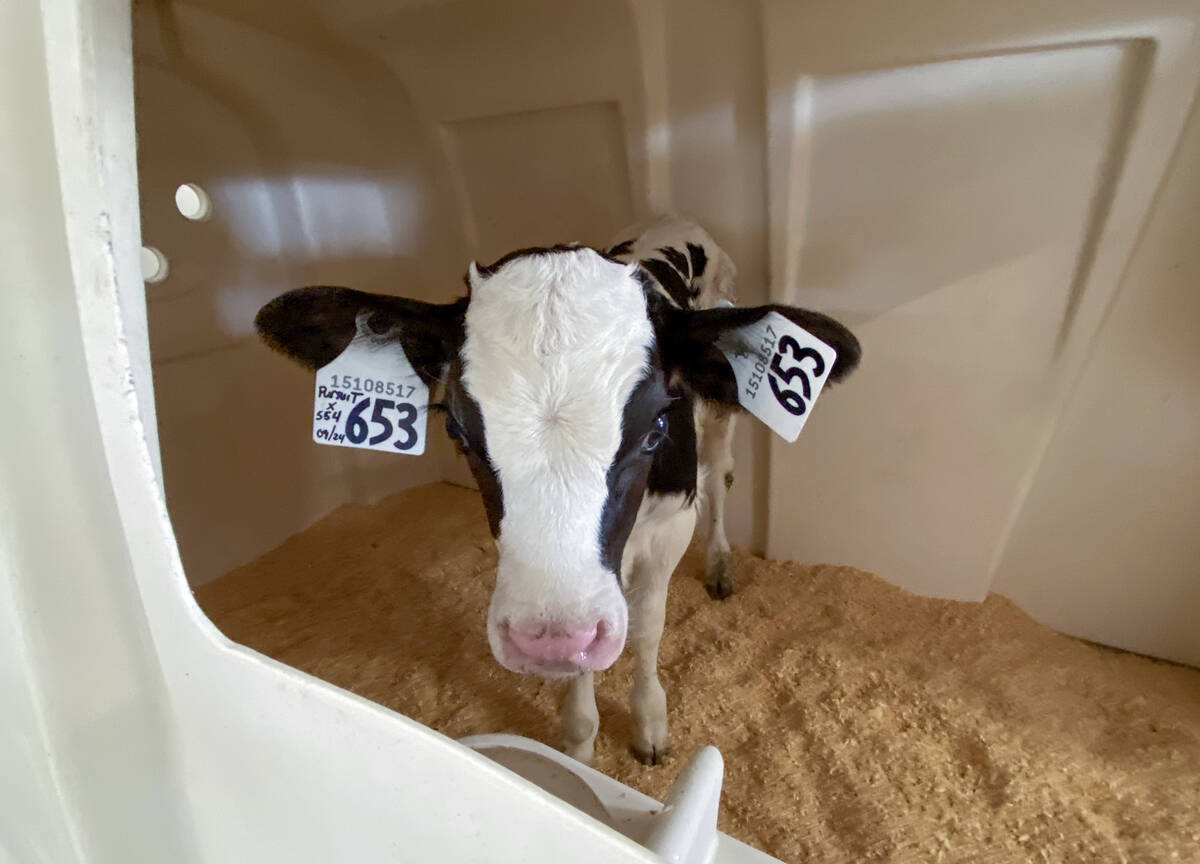
Lactanet turns methane expertise into business opportunity
Lactanet’s new fee-for-service breeding tool initiative to reduce greenhouse gas emissions in Canadian and Swiss Holstein herds will launch in April 2026.
If Canadian hog producers can use locally available feed ingredients, there’s potential to decrease the sector’s climate change impact, he said.
Most well-known examples of alternative feeds in Canada are co-products from processing facilities that might otherwise end up in
Some haven’t been approved by the CFIA for use in feed but the only way to get them approved is to use them in on-farm trials and collect data necessary to support their approval, said Nyachoti.
Asked about fat content in some alternative feeds, especially from expeller ingredients, he said this is particularly important in Ontario with its high content of corn in swine diets. High levels of unsaturated fats can affect carcass quality.
He was also challenged about the load-by-load consistency in alternative feedstuffs and conceded he has seen significant variability.
Typically, there are quality control programs at processing facilities for canola meal and soy meal, promoting consistency, he said. But when using expeller meals or other byproducts from other crops, “consistency becomes a very big problem … You can see huge variation in the chemical composition of these products.”
Camelina cake, hemp meal, hemp hulls, hemp seed and flaxseed meal can all add significant energy content in a swine diet. Expeller or cold-pressed canola tends to have more energy than canola meal. However, many of these byproducts also contain a significant amount of fibre.
It’s now common for enzymes such as phytase to be added to pig diets to help them digest unconventional feed ingredients. Fibre tends to lower the nutritional value of swine feed, so it’s important to know the type of fibre involved.
There’s more research underway, Nyachoti said, including an exploration of pre-treating canola meal with enzymes to create a high-nutrient, highly digestible swine feed.
Amino acid profile is another important aspect of alternative feeds. feeds. This dictates protein content. Pea protein isolates, sunflower meal, camelina meal and soybean meal all have high protein levels.
Legumes and oilseeds
Soybeans, peas and canola are all grown in Manitoba, where many hog producers look to increase their use in feeds.
There are also novel crops meant for use as feed, such as hybrid rye. Production of that crop is increasing in Western Canada and it can provide significant energy. In recent research, feed efficiency was unchanged when switching to hybrid rye from traditional grain crops in a swine ration.
Nyachoti cautioned that the same research indicated potential impact to gut health in young pigs. This has also been shown in research on hybrid rye in Europe.
In a recent trial at the University of Alberta, lentils were added to young pig diets. To a level of 23 per cent in the ration, average daily gain was unaffected. Lentils that don’t meet food grade are a possible alternative feed in the west, as are faba beans.
In the future, byproducts from plant-based protein manufacturing facilities could be sourced for swine, said Nyachoti.
He later joined Jim Magolski of U.S.-based Niman Ranch antibiotic-free pork products to discuss swine herd protection against ailments conventionally targeted by antimicrobial drugs.
Some practices have been banned in Canada, Nyachoti cautioned, and concern about antibiotic resistance might also eliminate some of the products farmers have turned to as replacements.






